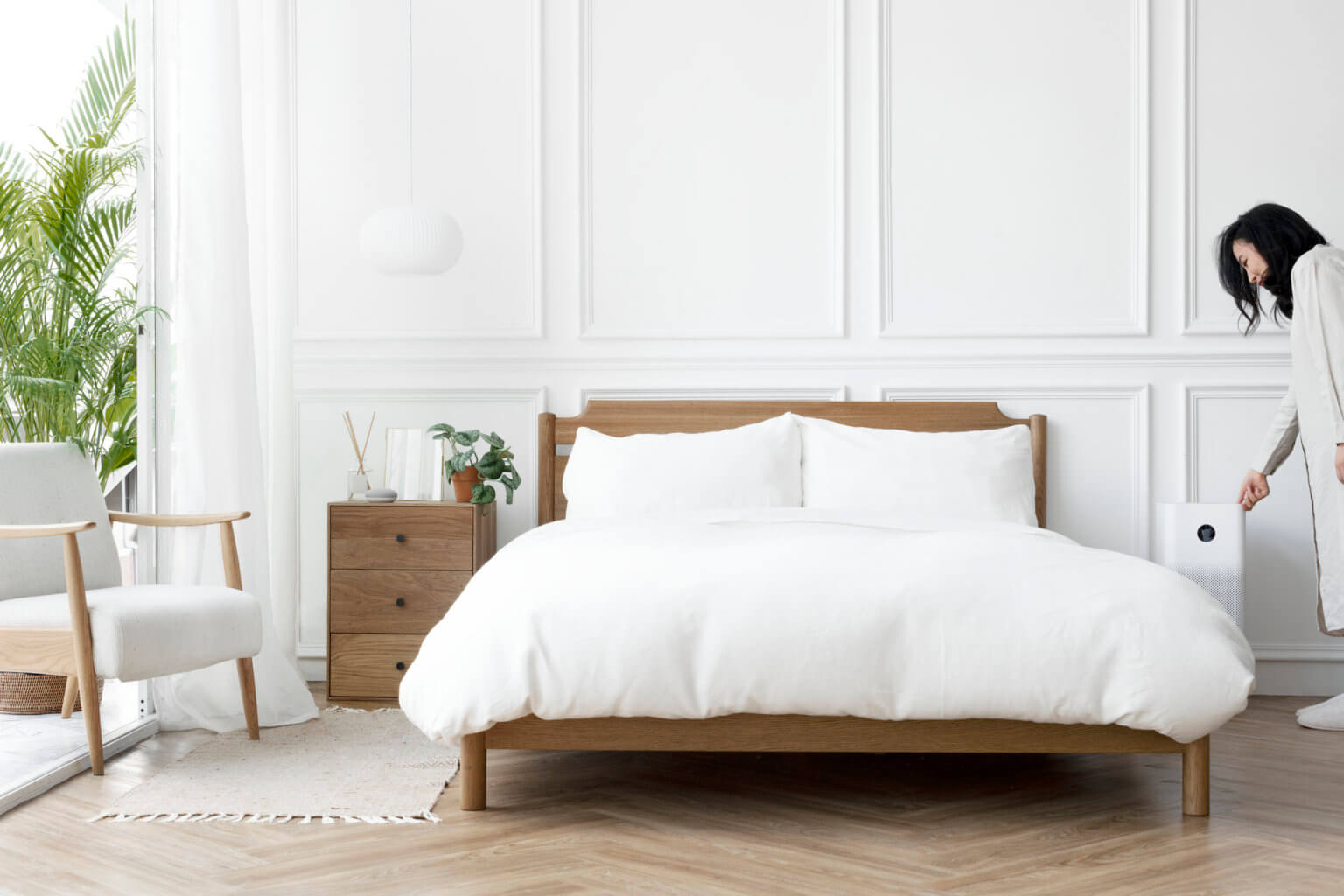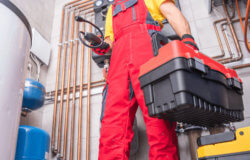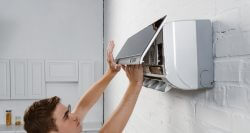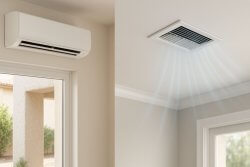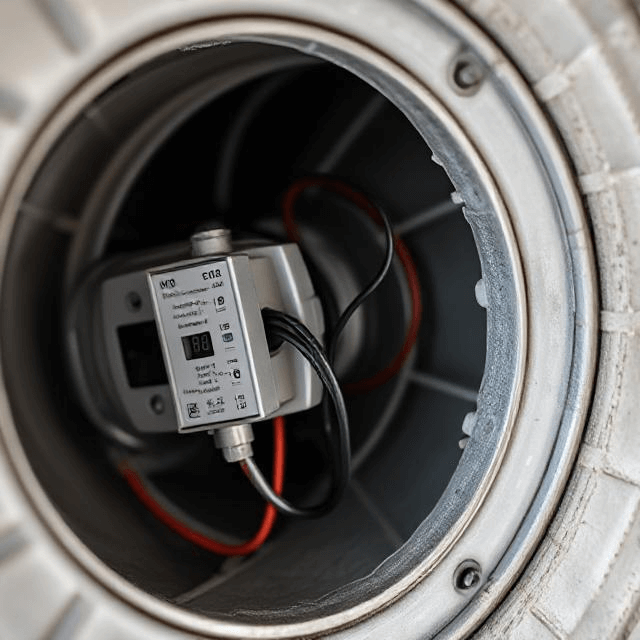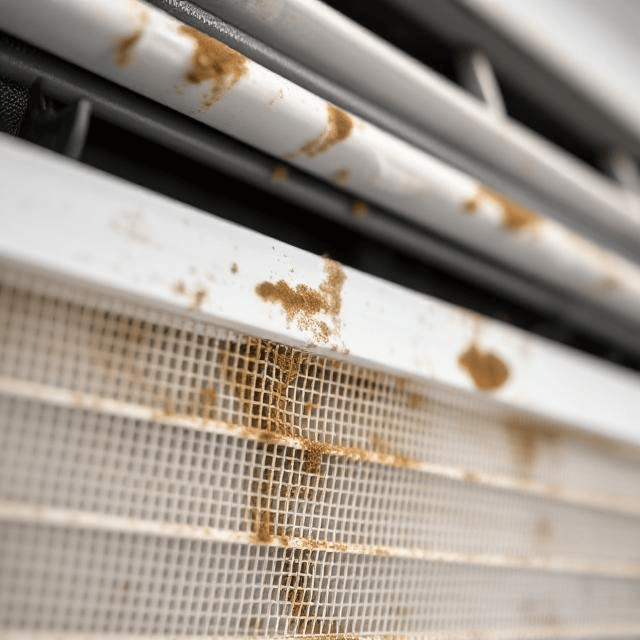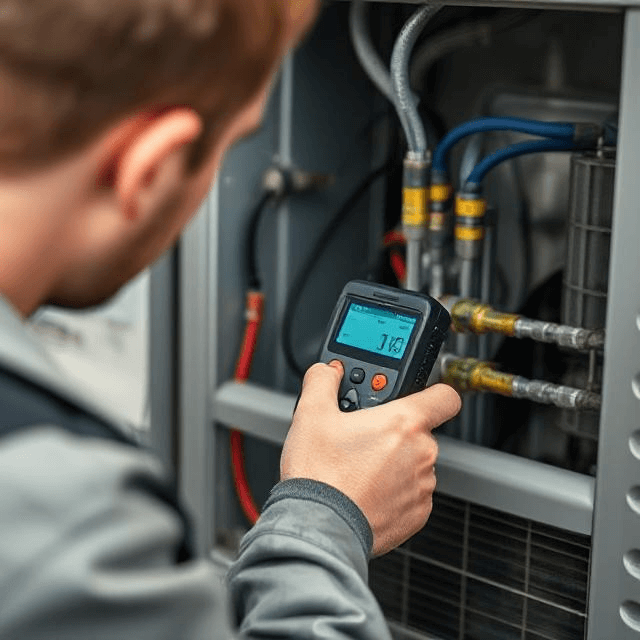Winter is in full swing. While winters in Los Angeles are often on the milder side, many homeowners might choose to close their windows and turn up the heat. Preventing the fresh, outdoor air to flow into your home can impact your indoor air quality. To avoid sneezing and coughing from dust and dander, you may want to consider buying an air purifier to enhance your indoor air.
But how exactly do air purifiers keep the air clean and how can you tell if your home needs one? Fortunately, the knowledgeable HVAC experts at Season Control are here to help.
Here’s how air purifiers work and five telltale signs that you need one in your home.
How Do Air Purifiers Work?
Air purifiers are intelligent devices that sanitize the air, removing allergens, toxins, and pollutants. Some people might confuse air purifiers with humidifiers or diffusers. However, while these devices add particles to the air, purifiers remove them.
Air purifiers work differently than filters because they don’t just remove pollutants from the air, but they sanitize these particles. Most air purifiers use a fan and an internal filter. The purifier uses its fan to pull unwanted particles from the air. The air will pass through a filter where the particles are either trapped or neutralized. Then, the air purifier will sanitize the air before circulating it back into the room. The filtration process can happen several times each hour to enhance your indoor air quality.
5 Signs Your Home Needs an Air Purifier
Now that you know how an air purifier works, here are five signs that your home needs one.
1. Constant Coughing
Are you constantly sneezing, wheezing, or coughing inside your home? If your house seems stuffy, you might need an air purifier. This device can clean the stale air and put an end to your coughing fits.
2. Your Home Feels Stuffy
Another big indicator that your home could benefit from an air purifier is if your indoor air seems stale or dry. Pent-up pollutants can cause unpleasant odors and make rooms feel stuffy. While stale air at low levels is uncomfortable, higher levels can cause health concerns.
3. Dust Mites
If you’re always sneezing, your home might have dust mites. These tiny insects feed on dead human skin and thrive in humid, warm environments. While dust mites are too small to see with the naked eye, these pests can bite or burrow into your body. Sounds pretty gross, right?
If you think your home has dust mites, getting an air purifier can help. So will replacing the carpet, reducing humidity levels, and regularly dusting.
4. Loud Snoring
Are you keeping your spouse awake with your loud snoring? Air pollutants, such as dander and pollen, can irritate your airways, leading to more snoring. An air purifier will cleanse the air so you—and your partner—can sleep more peacefully.
5. More Dust than Usual
If you’re dusting your home regularly but still noticing dust accumulating on surfaces and countertops, you should schedule a consultation with a professional indoor air quality improvement team, like Season Control.
Improve Your Indoor Air Quality
Want to breathe easier? Call the indoor air quality experts at Season Control. With over 30 years of experience, we’ll help enhance your indoor air quality with air purifiers, filters, dehumidifiers, and humidifiers. We also specialize in heating repair, A/C repair, and furnace installation.
To learn more, contact us today by calling 818-839-4746. We’ll keep your Los Angeles home fresh and clean all year long!



